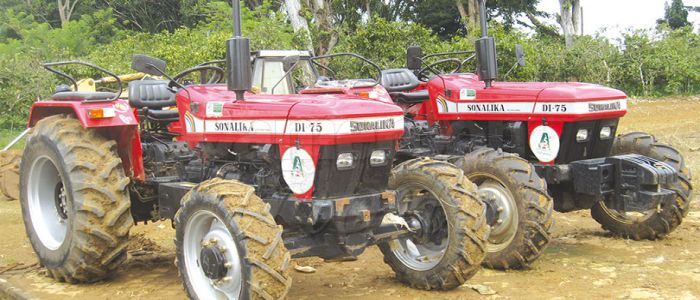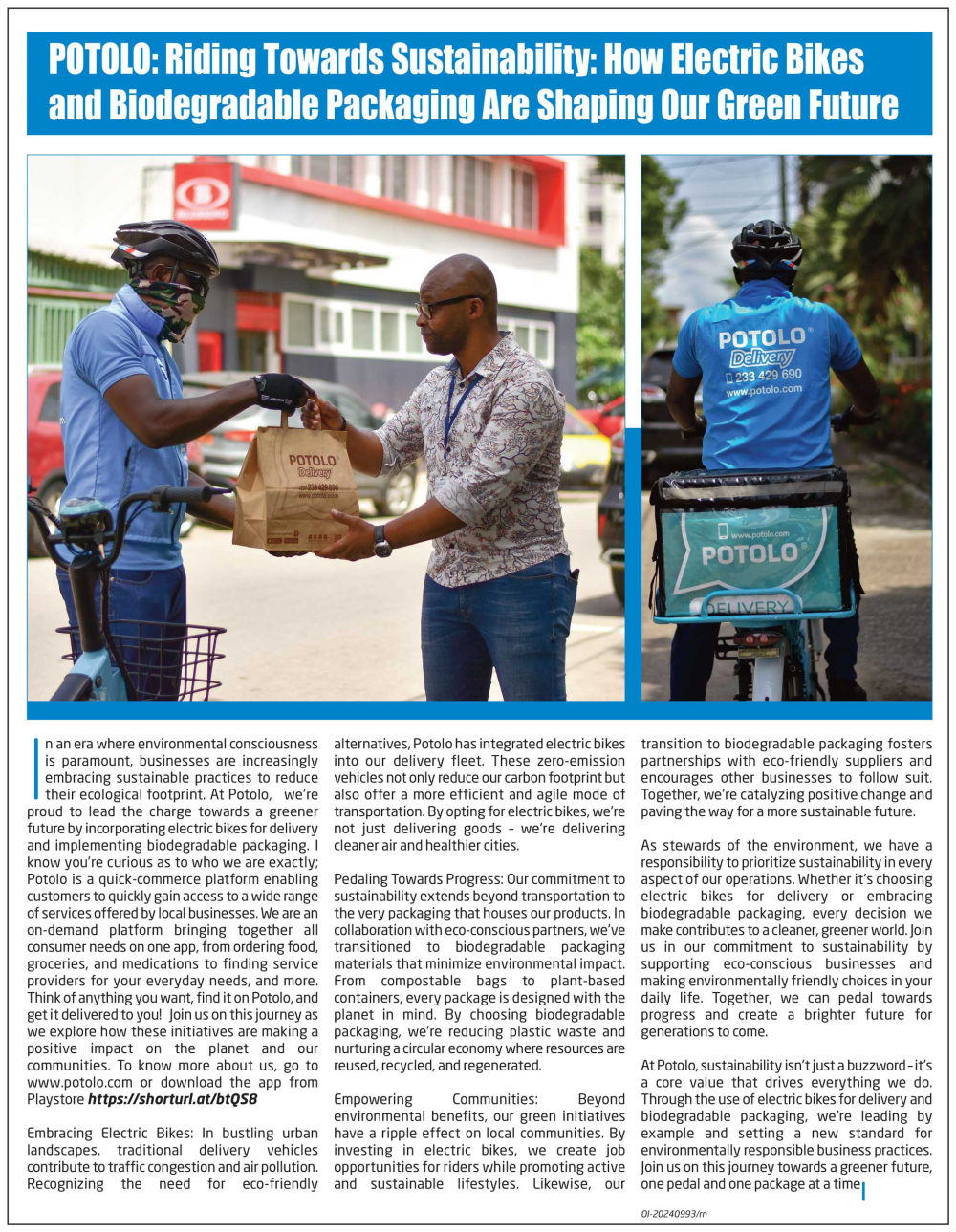Agricultural Mechanization:Panacea To Growth
- Par Richard Kometa
- 14 sept. 2017 00:59
- 0 Likes

Although still hunted by a reduced purchasing power, only machines can mutate farming from subsistence to business scale
Cameroon’s production of pineapple alone can shoot from the present 1,200 tonnes to a national target production of 8,260 tonnes of fruits yearly if proper mechanization is applied. This was an AGROPOLE Project expert’s estimate last May18, 2017, as some tractors were being offered to a Kumba-based pineapple plantation.
This estimate is just an example to show how mechanization can boost farming in the country. On that score, the AGROPOLE Project that has reached some 40 production units in Cameroon has called on farmers to organise themselves for mechanised assistance in such areas of production as cocoa, cassava, sweet potato, oil palm and many other crops. The programme which paves the way for the second generation agriculture in Cameroon was started in 2012 to sustain agriculture, livestock and forestry production.
The mechanisation of farming would enable local producers to open up for new jobs like farm machinery technicians, agricultural specialists and related trades that find their mark in the agro-industrial chain of farming, processing and marketing.
Tractor kits like the plough discs, ridging ploughs, and drills are explained by experts to relieve farmers from physical stress in order to boost production. The AGROPOLE programme was born of the Government desire to check capital flight, secure jobs and revalorise agriculture from farming through processing and marketing. This is a Government stride to facilitate farming and take it from the subsistence level to the industrial pedestal which can only be reached through a full scale employment of machines.
While mechanisation is said to still lag below 10 per cent in the country’s farming chain, such giant structures like the CDC, PAMOL and Mukete Estates are the few taking the bold step to mechanise their production. Cost, maintenance and training, however, are some of the elements to factor in when considering importation of machines that, are in the main, not fabricated locally.
Mbe Godfrey Mukete: “Mechanized Agriculture Remains Inevitable”
General manager, Mukete Estates
Mr. General Manager, how much mechanization have you introduced in your large scale pineapple, palm and rubber estates?
We have 13 tractors. These include five SOLIS tractors, two SONALIKA, one X704 tractor, DF504, TS 304 and three AGROPOLE SONALIKA tractors, all made in India. We bought two of these tractors from Ebolowa at the cost of CFA 11 Million and 13 Million. Three of the machines were offered to us by the Agropole Programme, under the Ministry of Agriculture and Rural Development. The eight others were bought in Douala.
These machines help us to work on our 30 hectares of pineapple farms and their production rate has increased tremendously and we produce about 80 tons of pineapple per hectare in a year. Though the production rate is not yet stable.
How are these machines used daily on the farms?
The tractors are used in the field for ploughing, transporting pineapples out of the farms to the factory, and taking palm fruits to the mill. You may be surprised how they also help us to transport our workers. The backhoe with front head loaders are also used for clearing and other useful activities.
How important are these machines for agriculture?
Through mechanization, the cost of production is brought down, yield...
Cet article complet est réservé aux abonnés
Déjà abonné ? Identifiez-vous >
Accédez en illimité à Cameroon Tribune Digital à partir de 26250 FCFA
Je M'abonne1 minute suffit pour vous abonner à Cameroon Tribune Digital !
- Votre numéro spécial cameroon-tribune en version numérique
- Des encarts
- Des appels d'offres exclusives
- D'avant-première (accès 24h avant la publication)
- Des éditions consultables sur tous supports (smartphone, tablettes, PC)















Commentaires